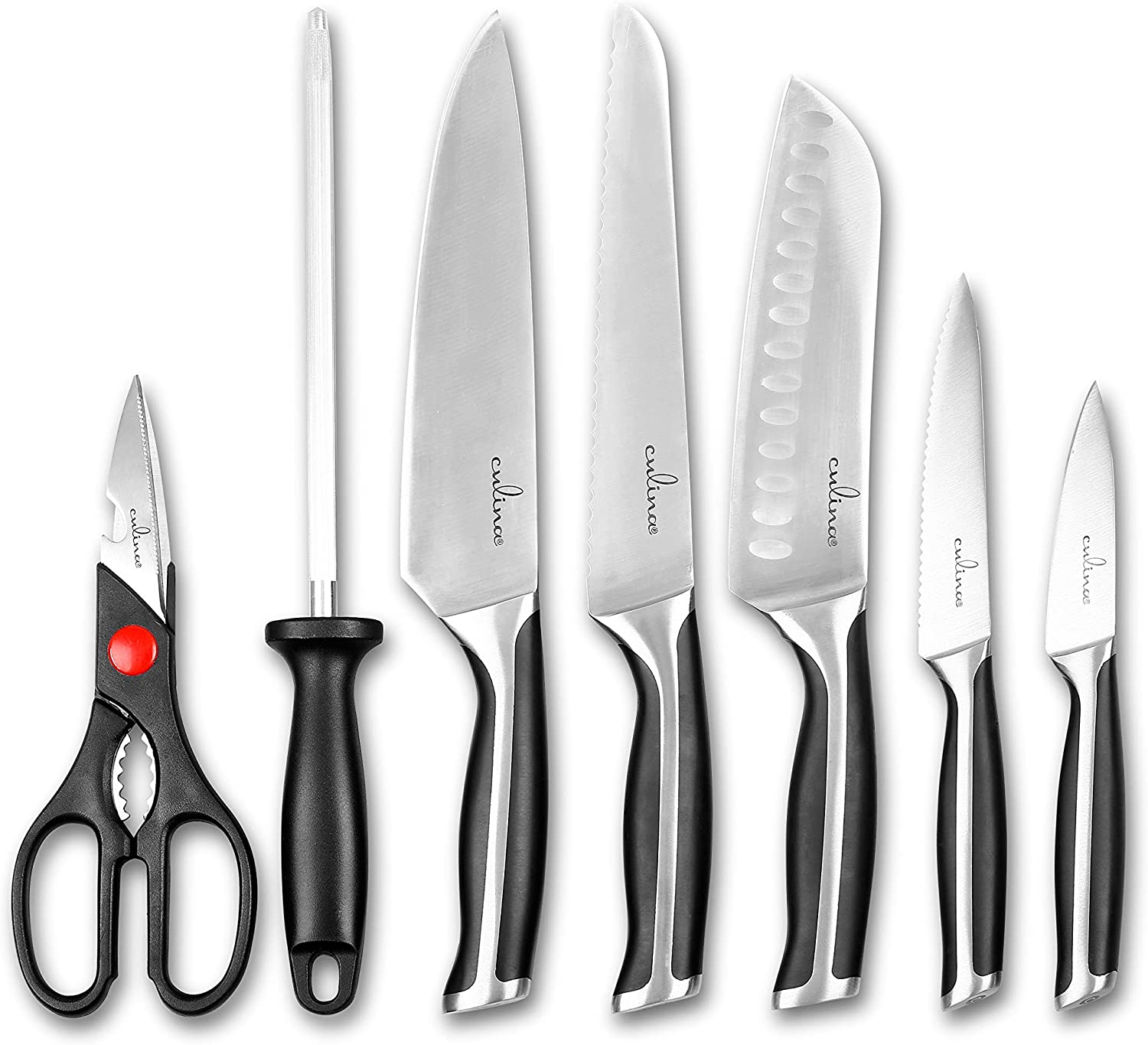Because they are cheap, easy to prepare, and taste great, rotisserie chickens have become a mainstay in many homes. Besides being convenient, they also contain a lot of protein, which is important for building muscle, repairing muscle, and maintaining normal body function. Finding out how many grams of protein a rotisserie chicken has is what this article is all about.
The Protein Powerhouse
On average, a whole rotisserie chicken (approximately 2-3 pounds) contains between 180 and 220 grams of protein. This makes it an excellent source of this essential macronutrient. Let’s break that down further:
- A 3-pound rotisserie chicken contains about 220 grams of protein
- A 2-pound rotisserie chicken has around 150 grams of protein
So if you’re looking to increase your protein intake, rotisserie chicken is a convenient and tasty option. The protein in rotisserie chicken supports muscle growth, repair, and overall physical strength. It’s especially useful for athletes aiming to build lean muscle mass.
What Impacts the Protein Content?
Several factors influence the exact protein content of a rotisserie chicken
- Size of the chicken: Larger chickens contain more protein than smaller ones.
- Preparation method: While rotisserie cooking generally preserves protein, different techniques like brining may alter it slightly.
- Breed of chicken: Chicken breeds have minor variations in protein composition.
- Percentage of edible meat: The actual amount of meat you eat, without bones or skin, affects your protein intake.
Comparing Rotisserie Chicken Cuts
Looking at different cuts of rotisserie chicken reveals interesting differences in protein content
- Chicken breast is the leanest part. A serving of rotisserie chicken breast (3-4 oz) has 25-30 grams of protein.
- Chicken thighs and legs are darker meat. They provide 20-25 grams of protein per 3-4 oz serving.
- Chicken wings have the lowest protein, with only 15-20 grams per serving.
So white meat generally contains more protein per ounce compared to dark meat. However, both are excellent sources and dark meat brings more juicy flavor.
Getting the Most Protein from Your Rotisserie Chicken
Follow these tips to maximize the protein you get from a store-bought or homemade rotisserie chicken:
- Remove the skin before eating to avoid excess fat and calories.
- Stick to proper portion sizes like a chicken breast or thigh, not the whole half chicken.
- Use chicken in salads, sandwiches, wraps, and other dishes to increase protein.
- Choose white meat like the breast if your main goal is max protein intake.
- Shred or chop the chicken to add to dishes for a protein punch.
How Rotisserie Chicken Compares to Other Proteins
Rotisserie chicken provides protein in an efficient and tasty way. Here’s how it stacks up to some other common protein sources:
- A 3-4 oz serving of chicken breast has 25-30 grams protein
- The same amount of steak ranges from 20-25 grams protein
- Tofu, a plant-based option, contains about 8 grams protein per 3 oz
- Eggs have about 6 grams of protein each
So, rotisserie chicken has the same amount of protein or more than these other options ounce for ounce. It’s one of the most protein-packed options.
Health Benefits and Concerns of Rotisserie Chicken
In addition to protein, rotisserie chicken has minerals and vitamins such as selenium, phosphorus, zinc, and B vitamins. However, the sodium content can be high depending on seasonings. Taking off the skin is best because it adds calories and saturated fat.
Eating rotisserie chicken in moderation as part of a balanced diet provides excellent health benefits. But having it frequently may pose allergy risks or nutritional imbalances. Combine it with veggies, whole grains and other proteins.
Frequently Asked Questions
Can you eat the skin and get the same protein?
Yes, the skin doesn’t change the actual protein content. But it does add extra fat and sodium.
Does homemade rotisserie chicken have more protein than store-bought?
Typically there is no major difference. Home cooking allows more control over ingredients and seasonings though.
Is rotisserie or grilled chicken better for protein?
Grilling, baking, and rotisserie cooking all preserve protein equally well. Frying causes more protein loss. So rotisserie and grilled are great options.
How else can you use rotisserie chicken for protein?
Shred it for chicken salads, dice it for wraps or flatbreads, or add it to soups, tacos, casseroles, and stir fries. Get creative!
Conclusion
A whole rotisserie chicken delivers between 150 and 220 grams of high-quality protein on average. Exact amounts depend on the chicken’s size, cut, and preparation method. Compared to other proteins, rotisserie chicken provides an efficient, tasty, and convenient way to meet your daily protein needs. Maximize its protein content by removing the skin, controlling portions, and incorporating it into various recipes. With the right approach, this grocery store staple can be a regular protein powerhouse in your diet.

Log this food in SnapCalorie
Quantity: 264.6 calories 33.9 protein 0.1 carbohydrates 14.3 fat
| Calories | 264.6 | ||
|---|---|---|---|
| % Daily Value* | |||
| Total Fat | 14.3 g | 18% | |
| Saturated Fat | 3.7 g | 18% | |
| Polyunsaturated Fat | 1.9 g | ||
| Cholesterol | 152.6 mg | 50% | |
| Sodium | 463.1 mg | 20% | |
| Total Carbohydrates | 0.1 g | 0% | |
| Dietary Fiber | 0 g | 0% | |
| Sugars | 0.1 g | ||
| protein | 33.9 g | 67% | |
| Vitamin D | 0 mcg | 0% | |
| Calcium | 22.9 mg | 1% | |
| Iron | 1.0 mg | 5% | |
| Potassium | 364.5 mg | 7% | |
* Percent Daily Values are based on a 2,000 calorie diet. Your daily values may be higher or lower depending on your calorie needs.
